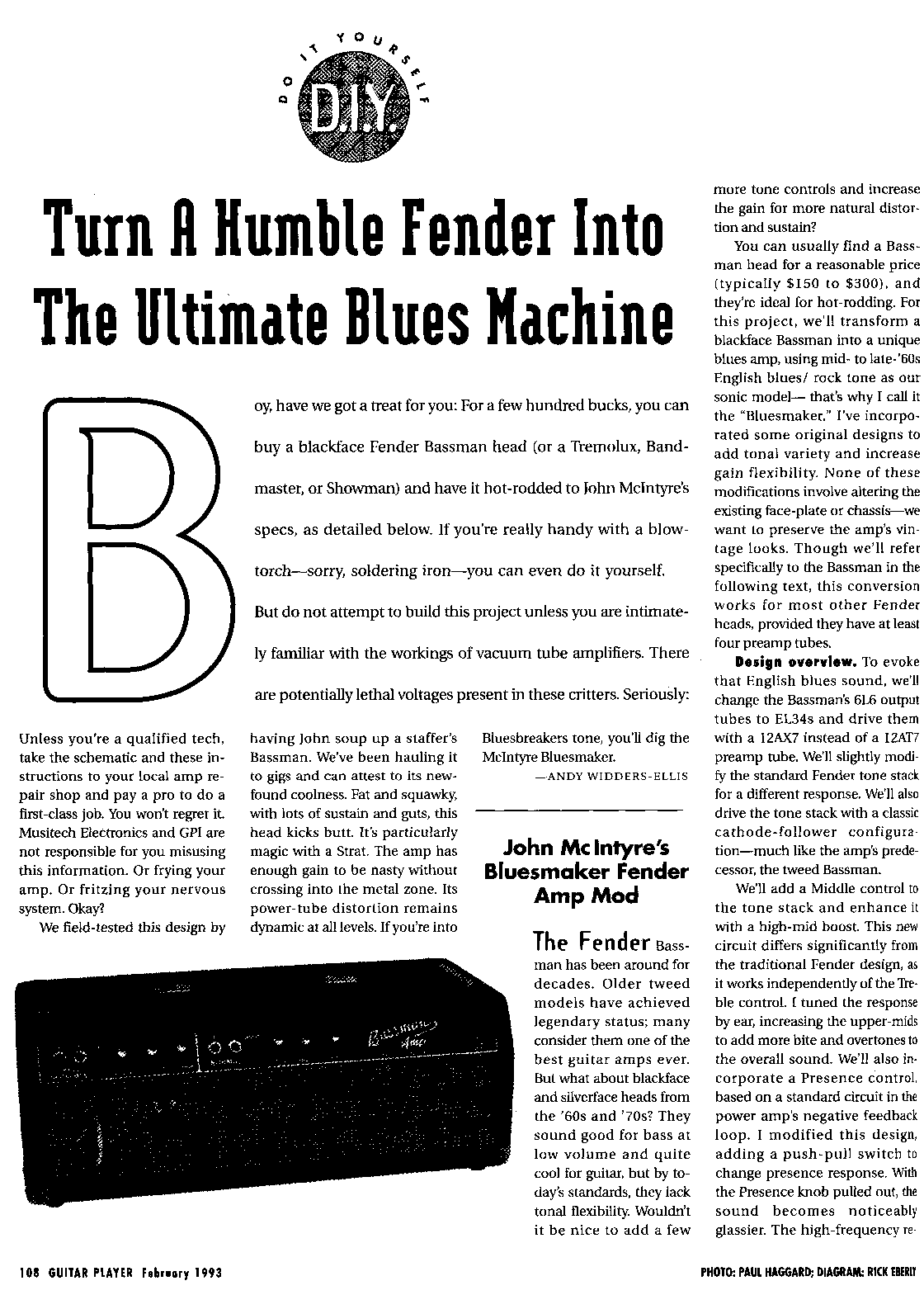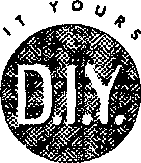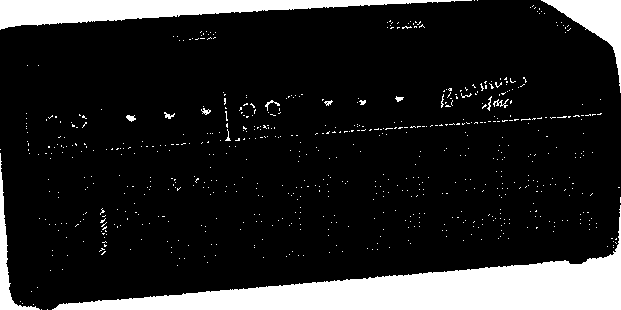bluesmka

o
Q


Turn A Humble Fender Into The Ultimate Blues Hachine
oy, have we got a treat for you: For a few hundred bucks, you can buy a blackface Fender Bassman head (or a Tremohnc, Band-master, or Showman) and have it hot-rodded to John Mclntyre's specs, as detailed below. lf you're really bandy with a blow-torch—sorry soldering iron—you can even do it yourself.
But do not attempt to build this project unless you are intimate-ly familiar with the worki ngs of vacuum tubę amplifiers. There are potentially lethal voltages present in these critters. Seriously:

Uhtess you're a ąualified tech, take the schematic and these in-structions to your Local amp re-pair shop and pay a pro to do a first-class job* You won't regrer it Musitech Electronics and GPl are not responsible for you misusing this information. Or frying your amp* Or fritzing your nervous system. Okay?
We field-tested this design by
having John soup up a staffer’s Bassman. We've been hauling it to gigs and can attest to its new-found coolness. Fat and squawky, with lots of sustain and guts, this head kicks butt. 7t's particularly magie with a Strat. The amp has enuugh gain to be nasty without Crossing into the metal zonę. Its power-tube distortion remains dynamie at all levels. If you’re into
Bluesbreakers tonę, youhll dig the Mclntyre Bluesmaker*
— ANDY WIDDERS-ELLIS
John Mc intyre's Bluesmaker Fender Amp Mod
The Fender Bassman has been aro Lind for decades* Older tweed models have achieved legendary status; many consider them one of the best guitar amps ever. But what about blackface and silvcrface heads from the '60s and ’70s? They sound good for bass at Iow Yolume and quite cool for guitar, but by to-day's standards, tlicy lack tonal flexibility. Wouldrit it be ni.ee to add a few morę tonę Controls and inerease the gain for morę natural distortion and sustain?
You can usually flnd a Bassman head for a reasonable price (typically SI50 to $300), and theyYc ideał for hot-rodding. For this project, we ll transform a blackface Bassman into a uniąue blues amp, using mid- to late-'6Us English blues/ rock tonę as our sonie model— thatb why I cali it the “Bluesmaker.” I've incorpo-rated some original designs to add tonął variety and inerease gain flejcibility Nonę of these modificatinns involve altering the existing face-piąte or chassis—we want to preserze the amp's vin-tage looks. Thougli weTl refer specifically to the Bassman in the following text, this conversion works for most other Fender heads, provided they have at least fourpreamp tubes.
Design overv1ew. To evoke that Hnglish blues sound, weT! change the Bassman's 61i> output tubes to EL34s and drive them with a 12AX7 instead of a I2AT7 preamp tubę. Weil slightły modi-fy the standard Fender tonę stack for a different response, Weil also drive the tonę stack with a classic cathode-follower configura tion—much like the amp's prede-cessor, the tweed Bassman*
Weil add a Middle control to the tonę stack and enhance it with a high-mid boost. This new circuit differs significantly from the traditional Fender design, as it works independently of the Tke* ble control. [ tuned the response by ear, inereasing the upper-mids to add morę bite and overtones to the overall sound. Weil also in-corporate a Presence control, based on a standard circuit in the power amp s negative feedback loop* I modified this design, adding a push-pull switcb to change presence response. Witłi the Presence knob pulted nut, the sound becomes noticeably glassier. The high-frequency re
PHOTO: PAUL HAGGARty DIAGRAM: R1CK EBERLT
108 GUITAR PLAYER Fabisory 1993
Wyszukiwarka
Podobne podstrony:
59204 IMGx27 5THE CIYILISATION PHENOMENON **Have we got to get down and elear away the debris of a s
CNAPTER II 19 86230 The iaperative becaie, fpr firas as we 11 as for govern«ent8, that of becoaing a
f076 THE PROP GAMB IN 4PRIL WHERE WE &OT vbfbatbv BY YOU l LL SAY THIS • 8EFOREHA
IMGx27 5THE CIYILISATION PHENOMENON **Have we got to get down and elear away the debris of a swamped
h ive. Befera-the inriustrial RevotltJo:ri, hurńan sowity r#ea§ed very fsm: gases into the atrn
image001 RANGING THROUGH TIME ANO SPACE, EXPLORING THE ULTIMATE DEPTHS OF HUMAŃ SURVIVAL ... THE AWA
image002 •We re fighting a new kind of war against determined enemies. And public servants long into
image003 Th i ni Millennia invites you to ox piorę a new dimension into the futurę and the past. You
00368 Ed86c193cea200625a236afd2833554 372 Obenchain denominator of the ratio that we will use to co
img012 (40) - -a łiiii*; LAURA S CARDIGAN fits an intricate slip-stitch and intarsia pattern into
skanuj0058 (25) 61 KTO JEST TURYSTĄ W PRZESTRZENI MIASTA? - the tourists (among th
TONEARM CONTROL lowers the tonearm into the lead-in groove... sign of their arms. this ccjuaiio
§22 1/ directly at the Bank’s branch that holds his account, by: a/ entering the attorney s details
więcej podobnych podstron